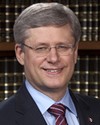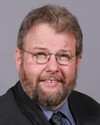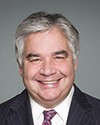Mr. Speaker, the Liberals are full of conspiracy theories. Each day they come back with a new theory, when in reality they do not know what they stand for. They criticize the government for not engaging soon enough. Then they say that we should not have been engaged and that we should not have responded.
One day the Liberals say that they support Bill C-38, after they have had ample opportunity to examine all the witnesses. Then they change their minds the next day. Now they are starting to criticize people from various agencies.
The government respects all employees at the CNSC and AECL for their hard work. We will continue to stand behind them for getting the job done.




